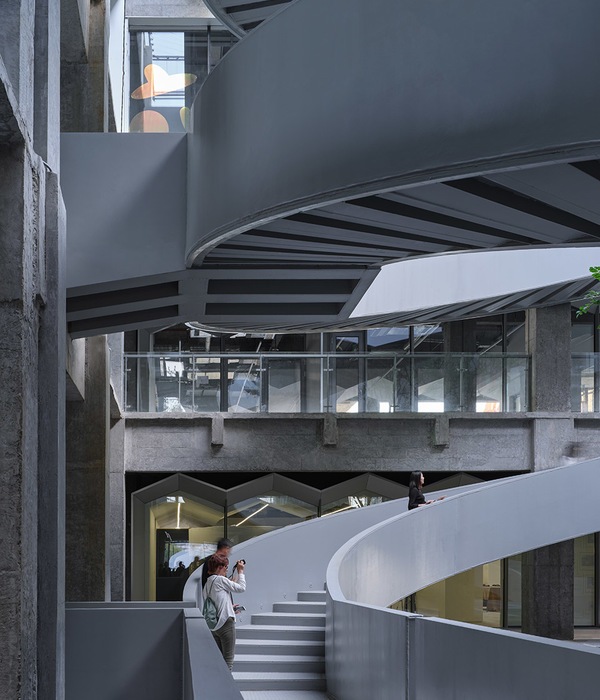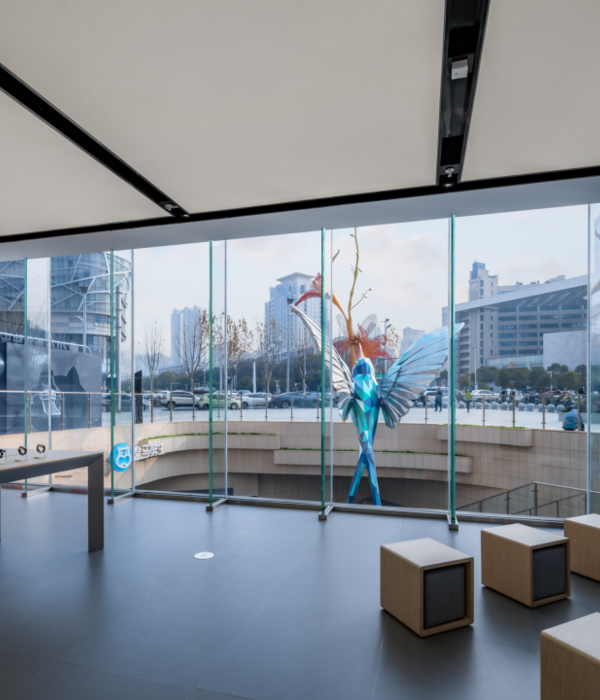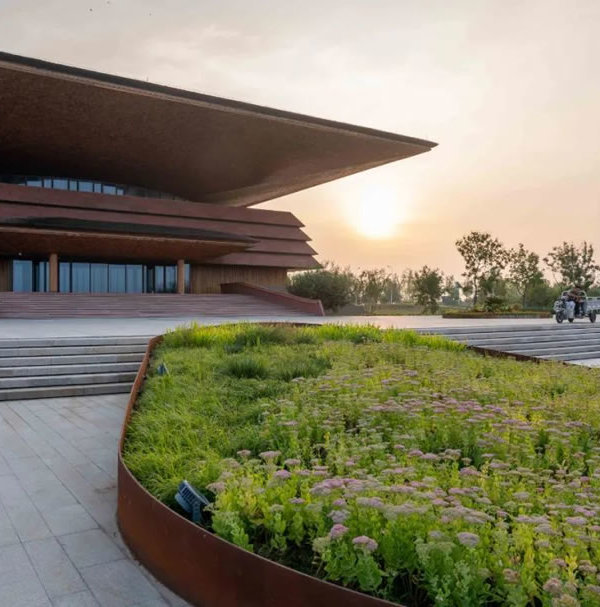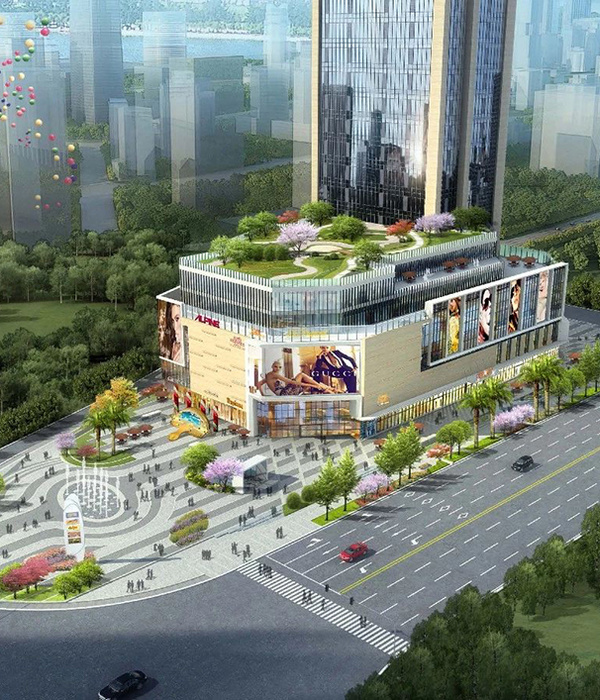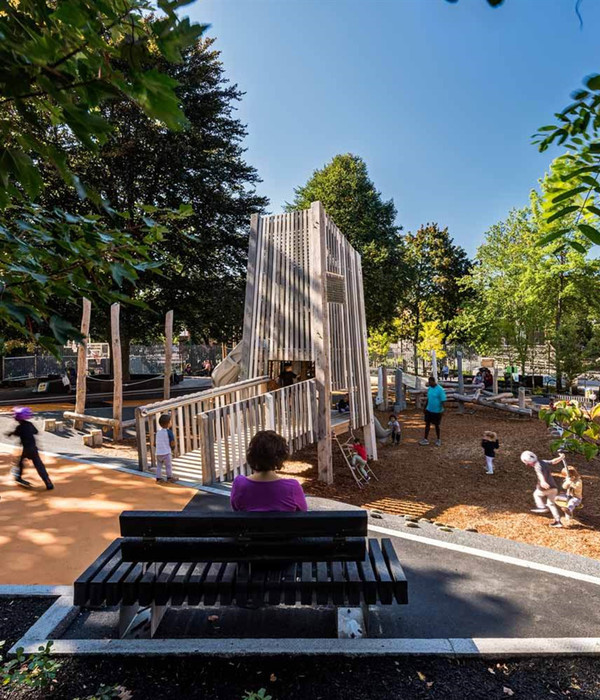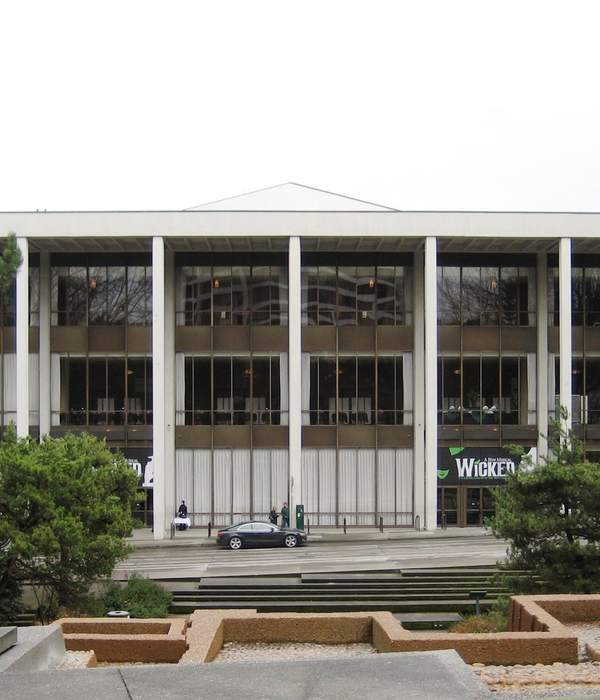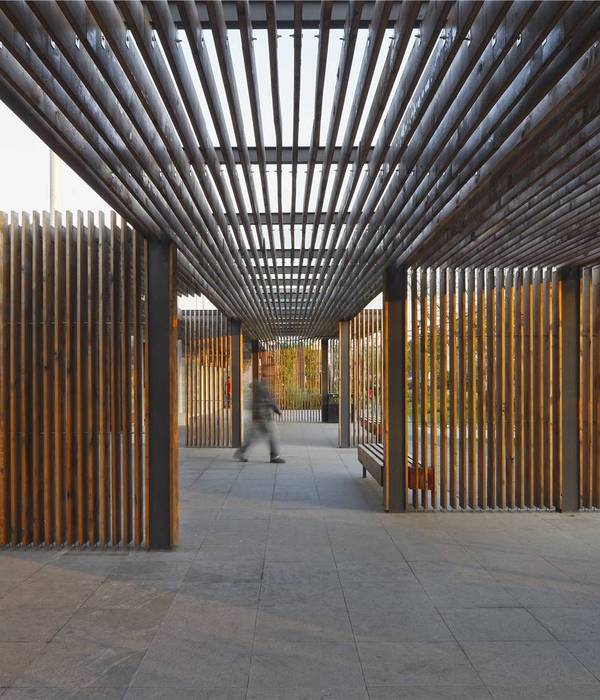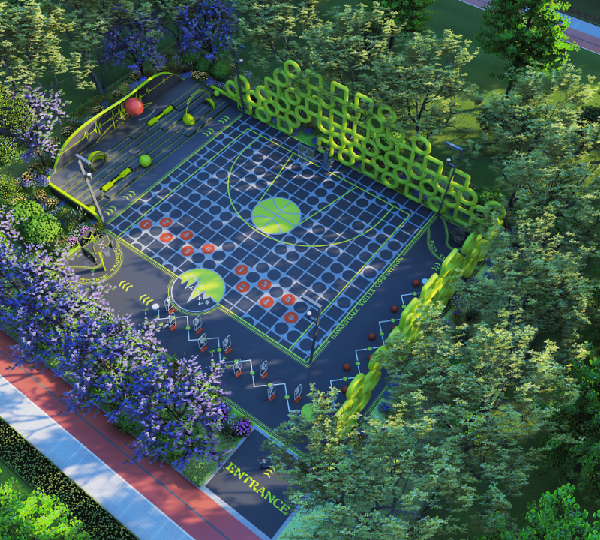“With this project, the conception of the street furniture has been underpinned by the same criterion of versatility that applies to the overarching project.” Beth Galí.
The revamp of Cork city centre, inspired by Barcelona’s famous Rambla boulevard, is a clear example of how contemporary urban development adapts to the architectural boundaries existing by adopting new codes and symbols.
The paved foundation, on which all elements comprising the city setting rest, is formed in this project by adapting to the asymmetries and irregularities of the surrounding area. It champions a construction system in sync with the character that shrouds the streets and squares of Cork city centre.
Thanks to a natural stone strip formed by a 2-metre-wide curb that asymmetrically dissects both St. Patrick’s street and Grand Parade street lengthwise, a new setting emerges designed on the basis of the street/square pairing where pedestrians and vehicles live side-by-side in perfect harmony.
The project’s versatility is also reflected in the urban elements because, for instance, one specific object may be arranged in a host of ways and be put to a variety of uses. Indeed, this is precisely the case with the Latina and Sara streetlamps and the Bicilínea bicycle rack, designed by Beth Galí and edited by Urbidermis.
As well as shining the spotlight on the architecture of the façades, which must be lit at night, the use of the streetlamps illuminates the street in two different ways: using concentrated light and diffuse light, at the same time showcasing the asymmetrical layout of the avenue. Similarly, the Bicilínea bicycle rack is also used as a significant element in shaping the public setting.
{{item.text_origin}}


